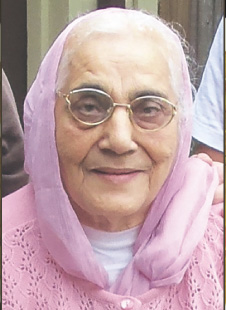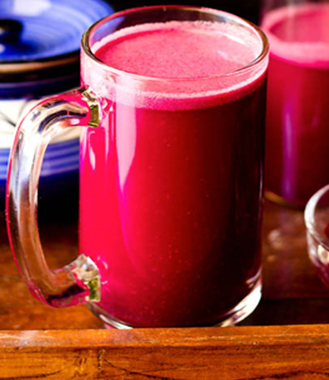Mama’s Punjabi Recipes
Kanji (Black Carrot Juice)
There are many benefits attributed to carrot juice, but in North India where black carrots are readily available, the juice of these carrots is called kanji and it is considered much superior to red carrot juice.
Black carrots contain anthocyanins which are flavonoids with many more antioxidants properties than red carrots. Flavonoids are anticancer compounds and black carrots also have anti-bacterial and anti-fungicidal properties. Black carrots are not usually eaten raw but in this healthy summer drink called kanji. Two glasses of kanji can boost your immunity levels by more than 50 per cent.
Black carrots can be hard to find in the US, though some organic stores do carry them. If you can’t find any black carrots, then you may substitute them with a small amount of beetroot which will give the red color but not the taste of carrots. You could add a small amount of red carrots to add their taste.
Ingredients:
• 1 kilo kali gajar (black carrots)
• 1 large jar of pani (water)
• 2 tablespoons raai seed powder (mustard seed powder)
• 2 tablespoons namak (salt)
• 1 tablespoon lal mirch (red pepper)
Directions:
1. Peel the carrots, wash and drain them. Cut each carrot into three pieces then slice them lengthwise.
2. Place the sliced carrots in the jar of water then add the salt, red pepper and mustard seeds and close the jar.
3. Place the closed jar in the sunshine for three or four days but stir two to three times a day with a wooden spatula. Taste to see if the juice is slightly sour, if so then it is ready then take out of the heat. Then place the jar in the fridge to conserve and drink.
4. If there is no sunlight, then place it indoors, but not in a cool area. You could place it inside the pantry at room temperature for four days. Again, remember to stir two to three times a day with a wooden spatula.
5. The kanji will be ready to drink after the third day.

Shakuntla Malhotra is a skilled cook of Punjabi dishes made in the old-fashioned style that she learnt as a young woman in her ancestral home in Lyallpur, India before it became part of Pakistan after the Partition in 1947. People have often admired her cooking for its simplicity and taste that comes with each mouthful. Even in her mid-eighties, she continues to cook daily and agreed to share some of her delectable Punjabi recipes.

